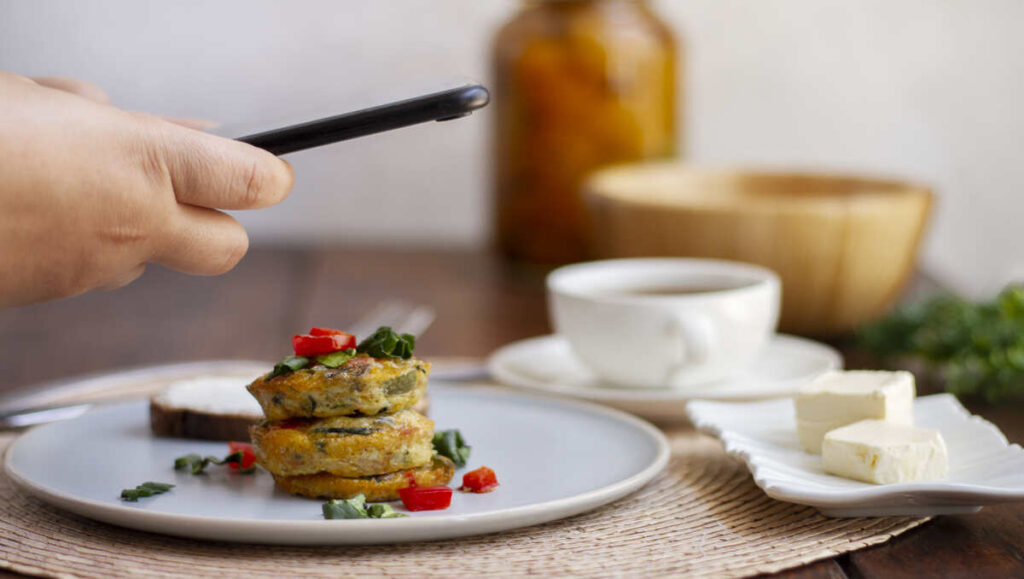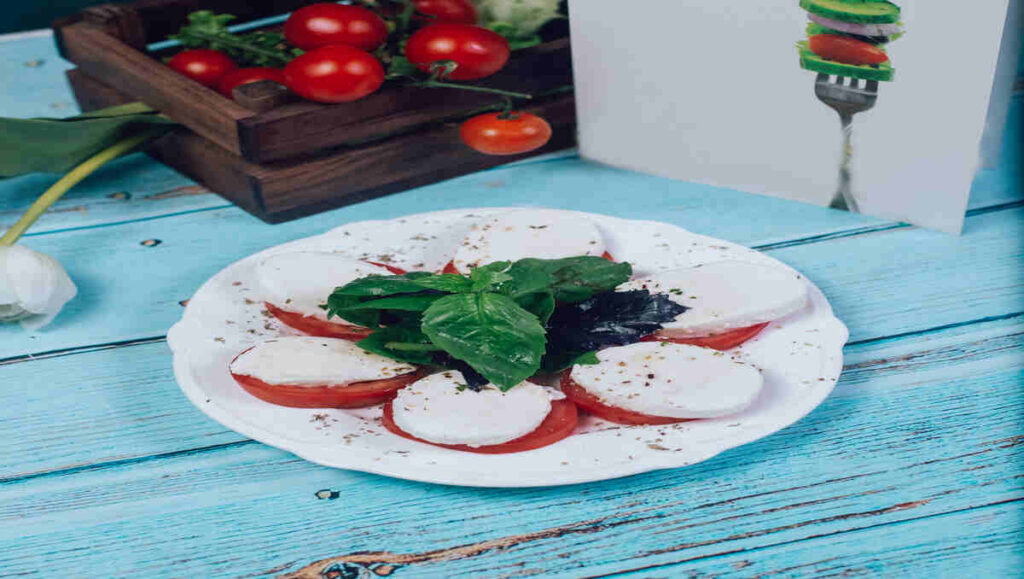Introduction
Cheese lovers, rejoice! If you’ve ever wanted to create a rich, creamy, and flavorful cheese at home, the Ballard cheese recipe is a must-try. This artisanal cheese, known for its smooth texture and balanced taste, is perfect for cheese boards, sandwiches, or simply enjoying on its own.
In this guide, we’ll explore everything you need to know about Ballard cheese—its origin, key ingredients, necessary equipment, step-by-step preparation, health benefits, and the best ways to serve it. Whether you’re a beginner or an experienced cheesemaker, this article will walk you through the process in a simple and engaging way.
What is Ballard Cheese Recipe?
Ballard cheese is a handcrafted, high-quality cheese made using traditional cheese-making techniques. It has a firm yet creamy texture, making it perfect for slicing, grating, or melting over dishes. The cheese boasts a mild yet complex flavor profile, often described as slightly nutty with a hint of sweetness.
Unlike mass-produced cheeses, Ballard cheese is typically made in small batches, ensuring better quality, richer taste, and an authentic homemade feel. It’s a versatile cheese that works well in various dishes, from gourmet mac and cheese to simple crackers and wine pairings.

The Origin of Ballard Cheese Recipe
Ballard Cheese Recipe traces its roots to artisanal cheese-making traditions that emphasize quality over quantity. It originates from Ballard, a historic neighborhood in Seattle, Washington, known for its rich Scandinavian heritage and food culture.
The cheese was developed by local dairy farmers who wanted to create a product that reflected the region’s dedication to high-quality dairy. Over time, Ballard cheese became a favorite among cheese enthusiasts, thanks to its distinct flavor and handcrafted nature. Today, it continues to be a beloved specialty cheese, enjoyed by foodies and home chefs alike.
Key Ingredients for Ballard Cheese Recipe
To make Ballard cheese, you’ll need a few essential ingredients:
| Ingredient | Quantity | Purpose |
| Fresh whole milk | 1 gallon | Forms the base of the cheese |
| Cheese culture | 1 packet | Helps in fermentation and flavor development |
| Rennet (liquid/tablet) | 1/4 tablet or 5 drops | Helps curdle the milk |
| Non-iodized salt | 1 tbsp | Enhances flavor and aids preservation |
| Calcium chloride | 1/4 tsp | Improves milk coagulation (optional) |
| Water (filtered) | 1/4 cup | Used for dissolving rennet |
| Cheese wax (optional) | As needed | Helps in aging and preserving cheese |
Using fresh, high-quality milk is crucial, as it directly affects the cheese’s texture and flavor. Avoid ultra-pasteurized milk, as it doesn’t curdle well.
Essential Equipment for Making Ballard Cheese
Before you start, gather the necessary tools:
- Large stainless-steel pot (to heat milk evenly)
- Cheese thermometer (to monitor temperature accurately)
- Cheese mold (to shape the cheese)
- Long knife (for cutting curds)
- Cheese cloth/muslin (for straining whey)
- Colander (to drain curds)
- Cheese press (to remove excess whey)
- Waxing brush (if aging the cheese)
Having the right equipment ensures that you achieve the best results without any unnecessary hassle.
Step-by-Step Preparation of Ballard Cheese Recipe
Step 1: Heating the Milk
- Pour 1 gallon of whole milk into a large stainless-steel pot.
- Heat it gradually to 86°F (30°C) while stirring gently.
- Add cheese culture and let it sit for 5 minutes.
Step 2: Adding Rennet and Forming Curds
- Dissolve rennet in filtered water and add it to the milk.
- Stir gently and let the mixture rest for 30-40 minutes until curds form.
Step 3: Cutting and Cooking the Curds
- Use a long knife to cut the curds into small cubes.
- Slowly heat to 102°F (39°C), stirring occasionally for 30 minutes.
Step 4: Draining the Whey
- Pour the curds into a cheesecloth-lined colander and let the whey drain.
- Sprinkle salt over the curds and mix gently.
Step 5: Pressing the Cheese
- Transfer the curds to a cheese mold and press them with moderate pressure for 12 hours.
Step 6: Aging (Optional)
- If aging, coat the cheese with wax and store in a cool, humid place for 4-6 weeks.
Health Benefits of Ballard Cheese Recipe
Ballard cheese is not just delicious; it’s also nutrient-rich. Here’s why it’s good for you:
✅ Rich in protein – Supports muscle growth and repair.
✅ High in calcium – Strengthens bones and teeth.
✅ Contains probiotics – Supports gut health.
✅ Good source of vitamins A & B12 – Essential for overall well-being.
However, as with all cheeses, moderation is key, especially for those monitoring sodium and fat intake.
Additional Tips for Perfect Ballard Cheese Recipe
- Use fresh milk from a local farm or organic brand for the best taste.
- Don’t rush the aging process if you want deeper flavors.
- Experiment with herbs and spices for unique variations.
Best Ways to Serve Ballard Cheese Recipe
Wondering how to enjoy your homemade cheese? Here are some great serving ideas:
✔ Pair with crackers, nuts, and dried fruits for a cheese board.
✔ Grate over pasta or salads for an extra cheesy kick.
✔ Melt into a sandwich or burger for added creaminess.
✔ Enjoy with wine—pairs well with Chardonnay or Pinot Noir.

Nutritional Information (Per Serving – 1 oz)
| Nutrient | Amount |
| Calories | 110 |
| Protein | 7g |
| Fat | 9g |
| Calcium | 200mg |
| Sodium | 180mg |
Preparation and Cooking Time
| Stage | Time Required |
| Preparation Time | 45 minutes |
| Curd Formation Time | 30-40 minutes |
| Pressing Time | 12 hours |
| Aging Time (optional) | 4-6 weeks |
Conclusion
Making Ballard cheese at home is a rewarding experience that allows you to enjoy high-quality, artisanal cheese with minimal effort. With the right ingredients, equipment, and a little patience, you can create a rich, flavorful cheese that pairs perfectly with various dishes. Whether you’re a cheese lover or an aspiring cheesemaker, this recipe is a must-try!
Frequently Asked Questions (FAQs)
1. Can I use store-bought milk to make Ballard cheese?
Yes, but avoid ultra-pasteurized milk, as it won’t form curds properly. Opt for fresh, organic, or raw milk for the best results.
2. How long does homemade Ballard cheese last?
If stored properly in the fridge, it lasts 2-3 weeks. If waxed and aged, it can last several months.
3. Can I make Ballard cheese without a cheese press?
Yes! You can use a heavy object like a large book or a DIY weight setup to press the cheese.
4. What can I use instead of rennet?
You can try lemon juice or vinegar, but rennet provides the best consistency.
5. Can I freeze Ballard cheese?
Freezing changes the texture, making it crumbly. It’s best to store in the fridge instead.
